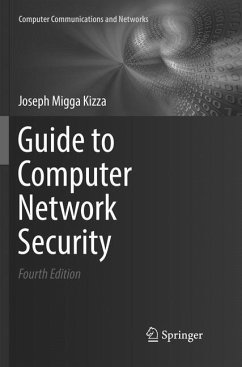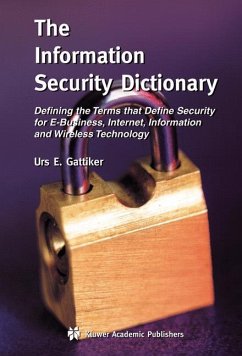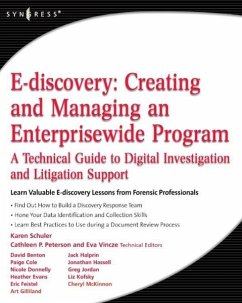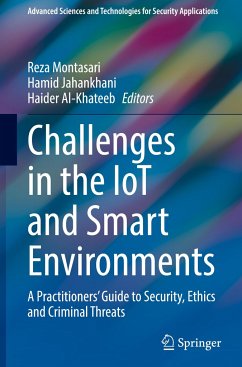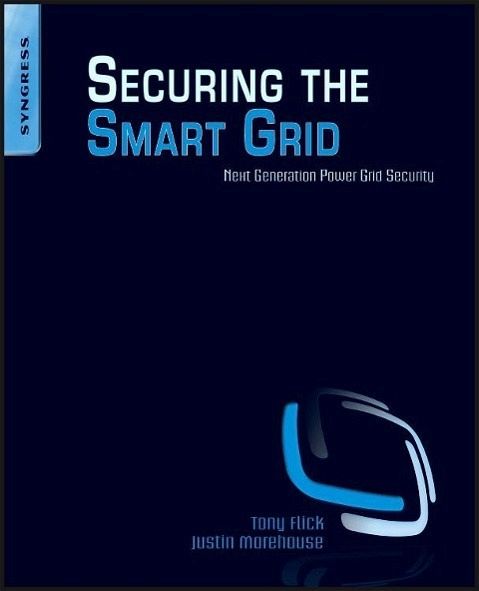
Securing the Smart Grid
Next Generation Power Grid Security

PAYBACK Punkte
18 °P sammeln!
Smart Grids are the future of energy. By creating networks from power plant to home, utility companies will be able to regulate power consumption, making sure that consumers are receiving the amount that is needed, no more or no less. While this new use of networking technology and unique applications such as smart meters will help to conserve energy, it also opens up a pipeline that was regulated manually into the computer world of interconnected networks. The infrastructure that is being built will need to have robust security because an attack on this network could create chaos to tens of thousands of power consumers, stop a utility company in its tracks, or be used in a cyberwar. Securing the Smart Grid takes a look at grid security today, how it is developing and being deployed into now over 10 million households in the US alone. Direct attacks to smart meters as well as attacks via the networks will be detailed along with suggestions for defense against them. A framework for how security should be implemented throughout this growing system will be included, directing security consultants and system and network architects on how to keep the grid strong against attackers big and small.
Securing the Smart Grid discusses the features of the smart grid, particularly its strengths and weaknesses, to better understand threats and attacks, and to prevent insecure deployments of smart grid technologies. A smart grid is a modernized electric grid that uses information and communications technology to be able to process information, such as the behaviors of suppliers and consumers.
The book discusses different infrastructures in a smart grid, such as the automatic metering infrastructure (AMI). It also discusses the controls that consumers, device manufacturers, and utility companies can use to minimize the risk associated with the smart grid. It explains the smart grid components in detail so readers can understand how the confidentiality, integrity, and availability of these components can be secured or compromised. This book will be a valuable reference for readers who secure the networks of smart grid deployments, as well as consumers who use smart griddevices.
The book discusses different infrastructures in a smart grid, such as the automatic metering infrastructure (AMI). It also discusses the controls that consumers, device manufacturers, and utility companies can use to minimize the risk associated with the smart grid. It explains the smart grid components in detail so readers can understand how the confidentiality, integrity, and availability of these components can be secured or compromised. This book will be a valuable reference for readers who secure the networks of smart grid deployments, as well as consumers who use smart griddevices.








